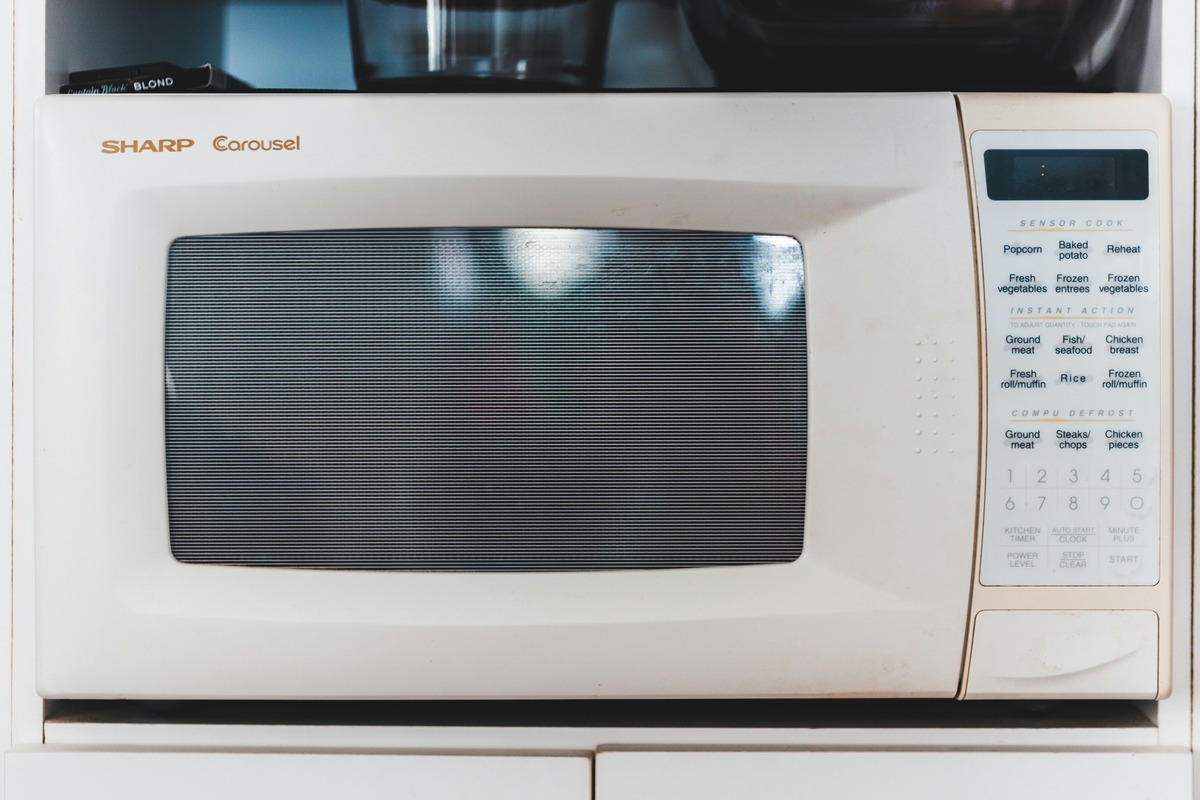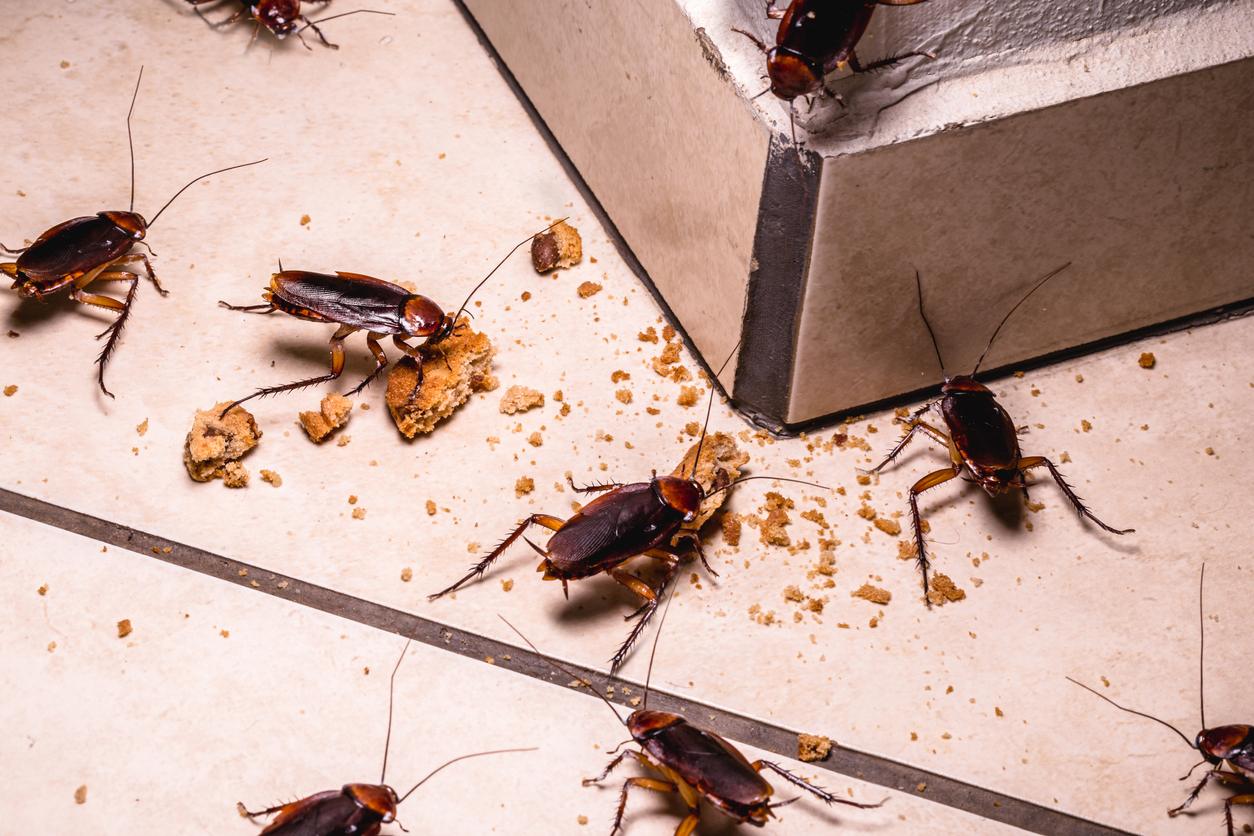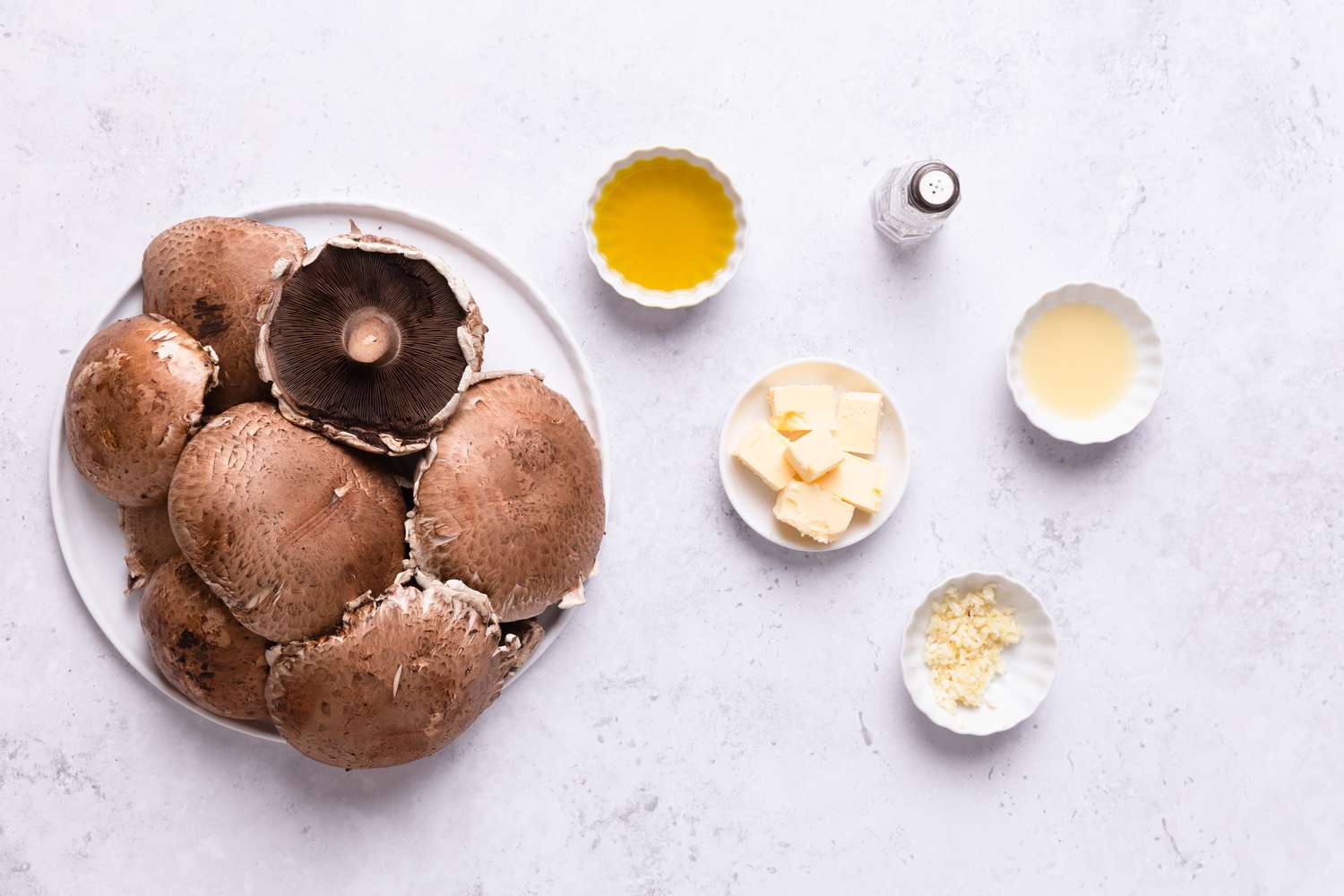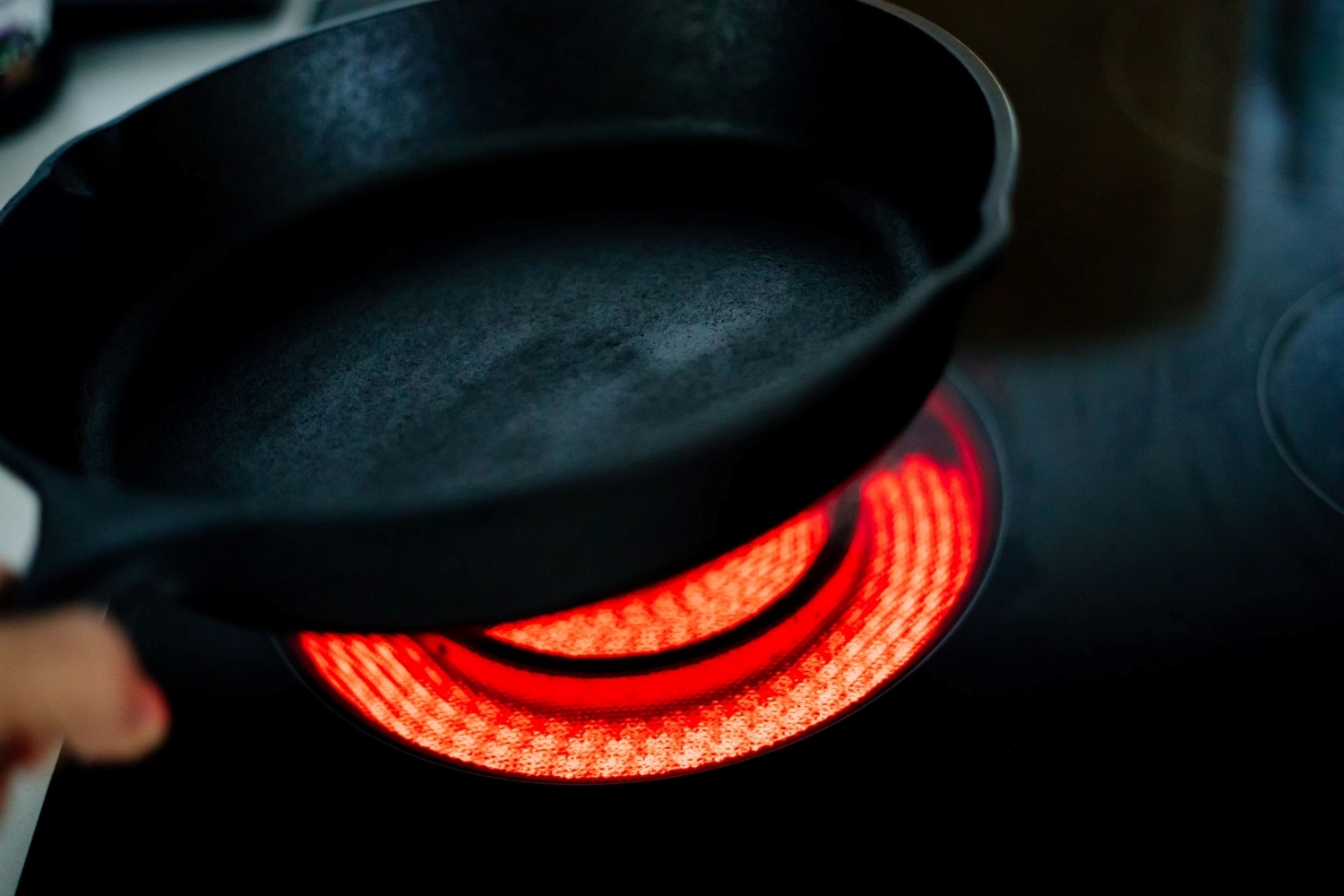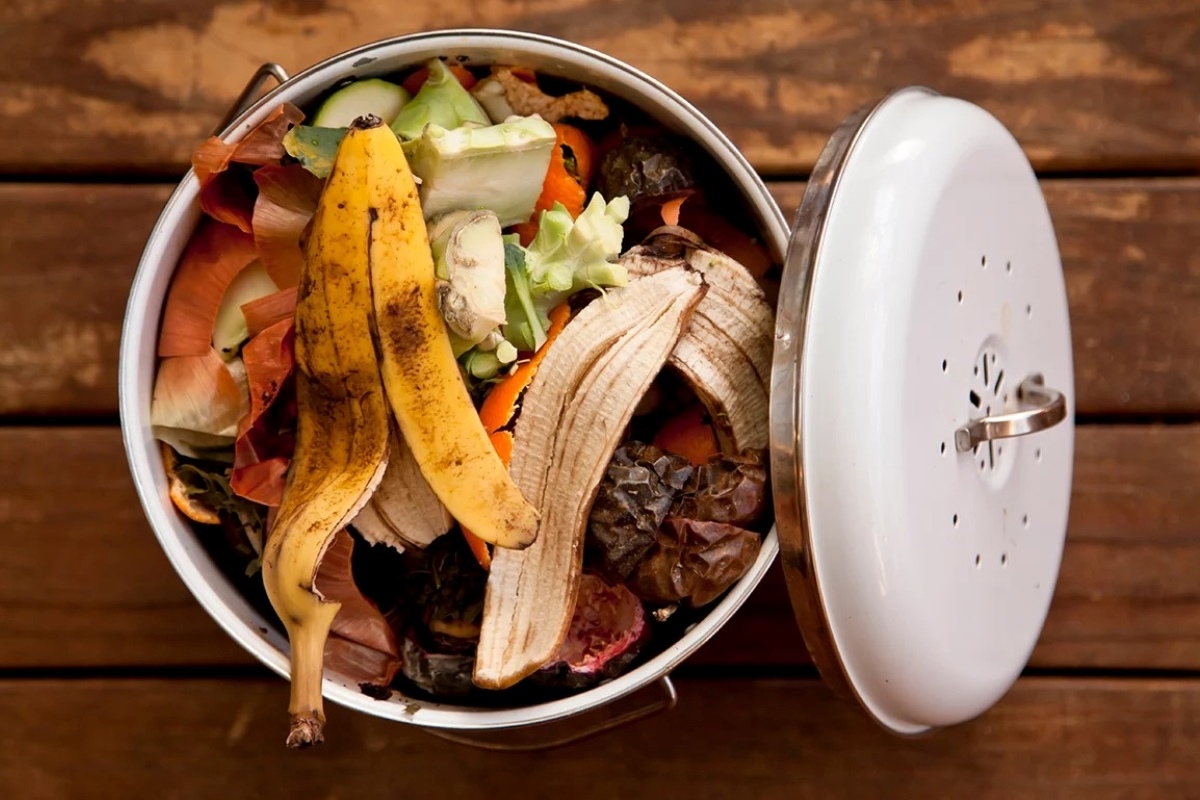Home>Food and Cooking>The Shocking Truth About Leaving Cooked Pork At Room Temperature!
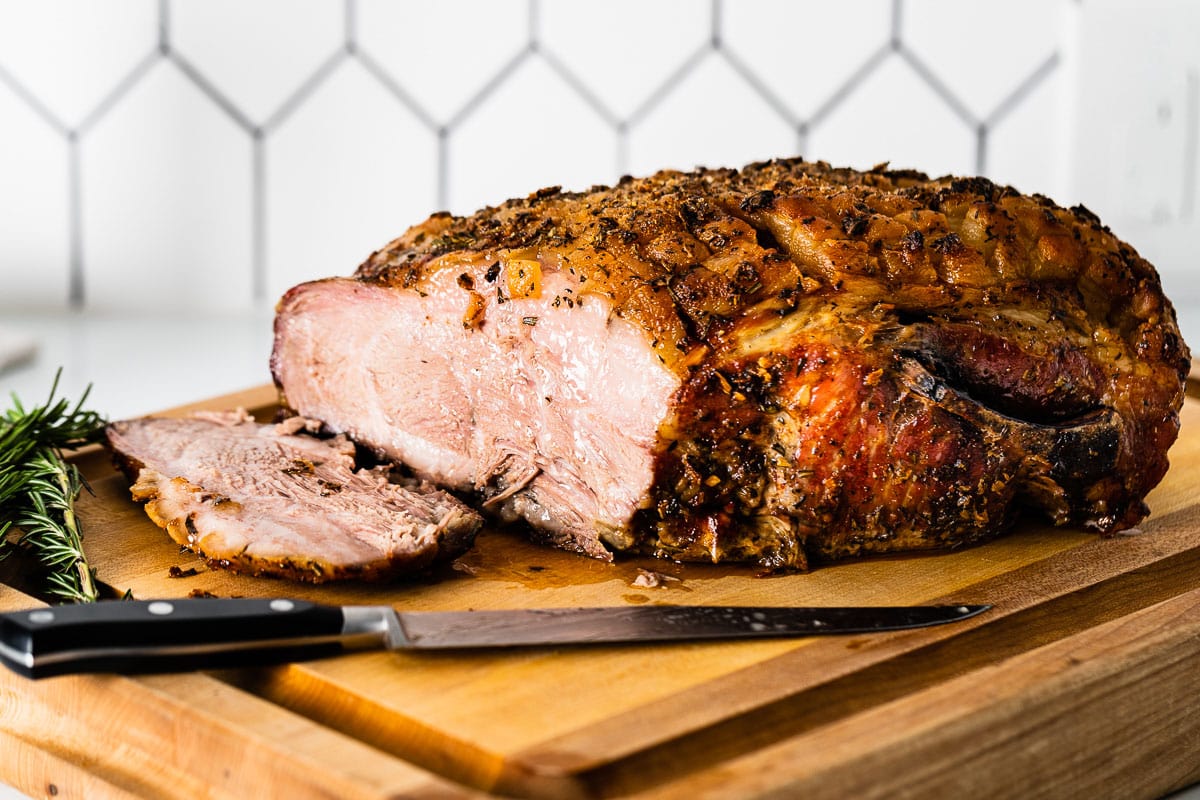

Food and Cooking
The Shocking Truth About Leaving Cooked Pork At Room Temperature!
Published: January 31, 2024
Discover the shocking truth about leaving cooked pork at room temperature! Learn important food and cooking safety tips to keep your meals safe and delicious.
(Many of the links in this article redirect to a specific reviewed product. Your purchase of these products through affiliate links helps to generate commission for Noodls.com, at no extra cost. Learn more)
Table of Contents
Introduction
Leaving cooked pork at room temperature may seem harmless, but the truth behind this common practice is rather shocking. Many individuals are unaware of the potential health risks associated with consuming cooked pork that has been left out at room temperature. In this article, we will delve into the dangers of leaving cooked pork at room temperature, the potential health risks it poses, and the importance of properly storing cooked pork to ensure food safety. Additionally, we will provide valuable tips for safely storing cooked pork to mitigate the risks of foodborne illnesses. It's essential to understand the critical role that proper food storage plays in safeguarding our health and well-being. So, let's uncover the truth about the risks of leaving cooked pork at room temperature and explore the best practices for ensuring food safety.
Understanding the Danger of Leaving Cooked Pork at Room Temperature
Leaving cooked pork at room temperature creates an environment that is conducive to bacterial growth, particularly the proliferation of harmful pathogens such as Salmonella, E. coli, and Staphylococcus aureus. These bacteria thrive in temperatures ranging from 40°F to 140°F (4°C to 60°C), a range commonly referred to as the "danger zone" for food. When cooked pork is left at room temperature, it remains within this danger zone, allowing bacteria to multiply rapidly.
The moisture content and nutrient composition of cooked pork provide an ideal breeding ground for bacteria. As the pork sits at room temperature, bacteria can multiply exponentially, increasing the risk of foodborne illnesses upon consumption. Even if the pork appears and smells fine, it may still harbor dangerous levels of bacteria that cannot be detected by the human senses.
Moreover, the longer cooked pork remains at room temperature, the higher the bacterial load becomes, further amplifying the risk of foodborne illnesses. This is particularly concerning as certain bacteria, such as Staphylococcus aureus, can produce toxins that are heat-stable and cannot be destroyed by reheating the pork. As a result, consuming pork that has been left at room temperature poses a significant threat to one's health.
In addition to bacterial growth, enzymatic activities within the pork can also lead to spoilage and degradation of the meat quality. These enzymes become more active at higher temperatures, causing changes in texture, flavor, and overall palatability of the pork. The longer the pork is left at room temperature, the greater the extent of enzymatic degradation, resulting in a noticeable decline in the quality of the meat.
Understanding the dangers associated with leaving cooked pork at room temperature is crucial for safeguarding against foodborne illnesses and ensuring the consumption of safe, high-quality food. By recognizing the risks posed by bacterial proliferation and enzymatic degradation, individuals can make informed decisions regarding the storage and handling of cooked pork to protect their health and well-being.
Potential Health Risks Associated with Consuming Room Temperature Cooked Pork
Consuming room temperature cooked pork poses significant health risks due to the potential proliferation of harmful bacteria and the associated threat of foodborne illnesses. When pork is left at room temperature, bacteria such as Salmonella, E. coli, and Staphylococcus aureus can multiply rapidly, leading to the contamination of the meat. These bacteria are known to cause a range of foodborne illnesses, each with its own set of symptoms and potential complications.
Salmonella, a common culprit in foodborne illnesses, can lead to symptoms such as diarrhea, abdominal cramps, fever, and vomiting. In severe cases, Salmonella infection can result in dehydration and may require medical intervention. Similarly, E. coli contamination can lead to symptoms such as severe stomach cramps, diarrhea (often bloody), and vomiting. Certain strains of E. coli can cause more severe complications, including kidney failure.
Staphylococcus aureus, another concerning bacterium, can produce heat-stable toxins that are not eradicated by reheating the pork. Consumption of pork contaminated with Staphylococcus aureus toxins can lead to rapid-onset symptoms such as nausea, vomiting, stomach cramps, and diarrhea. These symptoms can manifest within a few hours of consuming the contaminated pork, causing significant discomfort and distress.
Furthermore, the ingestion of pork contaminated with these harmful bacteria can pose heightened risks for vulnerable populations, including young children, the elderly, pregnant women, and individuals with weakened immune systems. For these individuals, the consequences of consuming room temperature cooked pork contaminated with pathogenic bacteria can be particularly severe, potentially leading to more pronounced symptoms and complications.
It's important to recognize that the health risks associated with consuming room temperature cooked pork extend beyond the immediate symptoms of foodborne illnesses. In some cases, foodborne infections can lead to long-term health consequences, including chronic digestive issues and other complications. Additionally, the potential for cross-contamination of other foods and food preparation surfaces further underscores the gravity of the health risks posed by improperly stored cooked pork.
By understanding the potential health risks associated with consuming room temperature cooked pork, individuals can make informed decisions about food safety and take proactive measures to mitigate these risks. Proper storage and handling of cooked pork are essential for safeguarding against foodborne illnesses and protecting the well-being of oneself and others.
The Importance of Properly Storing Cooked Pork
Properly storing cooked pork is of paramount importance to ensure food safety and mitigate the risk of foodborne illnesses. By understanding the critical role of proper storage, individuals can uphold the quality and safety of cooked pork, safeguarding against bacterial contamination and preserving the integrity of the meat.
First and foremost, proper storage of cooked pork helps prevent the proliferation of harmful bacteria that can lead to foodborne illnesses. When cooked pork is promptly refrigerated at or below 40°F (4°C), the cold temperature inhibits the growth of bacteria, thereby maintaining the safety and quality of the meat. By promptly transferring cooked pork to the refrigerator, individuals can effectively mitigate the risk of bacterial contamination and prolong the shelf life of the meat.
Furthermore, proper storage of cooked pork helps preserve its texture, flavor, and overall quality. Refrigeration slows down enzymatic activities and oxidative processes that can degrade the meat, ensuring that the pork retains its optimal taste and texture for an extended period. This is particularly important for maintaining the palatability and enjoyment of the cooked pork, as improper storage can lead to undesirable changes in flavor and texture.
In addition to mitigating health risks and preserving quality, proper storage of cooked pork also minimizes the potential for cross-contamination in the kitchen. When stored securely in airtight containers or sealed packaging, cooked pork is less likely to come into contact with other foods, reducing the risk of spreading harmful bacteria to other items in the refrigerator. This proactive measure contributes to overall kitchen hygiene and food safety practices.
Moreover, the importance of properly storing cooked pork extends to minimizing food waste and maximizing the utility of the meat. By refrigerating cooked pork promptly and ensuring proper storage conditions, individuals can extend the shelf life of the meat, reducing the likelihood of spoilage and waste. This not only aligns with sustainable food practices but also allows individuals to derive the maximum value and enjoyment from the cooked pork.
By recognizing the significance of properly storing cooked pork, individuals can make informed decisions about food safety practices and take proactive measures to uphold the quality and safety of their meals. The proper storage of cooked pork is a fundamental aspect of responsible food handling, and it plays a pivotal role in safeguarding against foodborne illnesses, preserving meat quality, and promoting overall kitchen hygiene.
Tips for Safely Storing Cooked Pork
-
Prompt Refrigeration: After enjoying a delicious pork meal, promptly refrigerate any leftover cooked pork within two hours of cooking. This swift action is crucial for preventing the proliferation of harmful bacteria and ensuring food safety. Remember, the "danger zone" for food, where bacteria thrive, is between 40°F to 140°F (4°C to 60°C), making prompt refrigeration imperative.
-
Proper Packaging: When storing cooked pork in the refrigerator, ensure it is properly packaged to maintain its quality and prevent cross-contamination. Place the pork in airtight containers or wrap it tightly in aluminum foil or plastic wrap. This helps preserve the flavor and texture of the meat while reducing the risk of exposure to other foods in the refrigerator.
-
Labeling and Dating: To stay organized and informed about the freshness of cooked pork, consider labeling the storage containers with the date of preparation. This practice allows for easy identification of the remaining shelf life of the pork, aiding in the prevention of food waste and ensuring that it is consumed within a safe timeframe.
-
Optimal Refrigerator Placement: When storing cooked pork in the refrigerator, place it on the bottom shelf to prevent any potential drips or leaks from contaminating other foods. Additionally, keep the pork away from ready-to-eat foods to minimize the risk of cross-contamination.
-
Avoid Overcrowding: Adequate air circulation is essential for maintaining the quality and safety of stored cooked pork. Avoid overcrowding the refrigerator to allow for proper airflow around the pork, ensuring that it cools evenly and remains at a consistent, safe temperature.
-
Storage Duration: While cooked pork can be safely refrigerated for 3 to 4 days, it is advisable to consume it as soon as possible for the best quality and taste. If you have leftover pork that exceeds this timeframe, consider freezing it for longer-term storage.
-
Safe Freezing: If you anticipate that the cooked pork will not be consumed within the recommended refrigeration timeframe, freezing is a safe and effective option. Before freezing, ensure the pork is tightly wrapped in freezer-safe packaging to prevent freezer burn and maintain its quality during storage.
-
Thawing Precautions: When thawing frozen cooked pork, do so in the refrigerator or using the defrost setting on the microwave. Avoid leaving the pork to thaw at room temperature, as this can create an environment conducive to bacterial growth.
By following these tips for safely storing cooked pork, individuals can uphold food safety standards, preserve the quality of the meat, and minimize the risk of foodborne illnesses. Proper storage practices are essential for ensuring that cooked pork remains safe, delicious, and enjoyable for consumption.
Conclusion
In conclusion, the practice of leaving cooked pork at room temperature poses significant health risks due to the potential proliferation of harmful bacteria and the threat of foodborne illnesses. The dangers associated with bacterial growth and enzymatic degradation underscore the critical importance of properly storing cooked pork to ensure food safety and preserve the quality of the meat.
By understanding the risks and potential consequences of consuming room temperature cooked pork, individuals can make informed decisions about food safety practices and take proactive measures to mitigate these risks. Prompt refrigeration, proper packaging, and adherence to storage guidelines are essential for safeguarding against bacterial contamination and preserving the integrity of the meat.
The potential health risks associated with consuming room temperature cooked pork extend beyond immediate symptoms of foodborne illnesses, emphasizing the need for responsible food handling and storage practices. Properly stored cooked pork not only mitigates health risks but also contributes to overall kitchen hygiene, minimizes food waste, and maximizes the utility and enjoyment of the meat.
It is imperative for individuals to prioritize food safety and adopt best practices for storing cooked pork. By following the recommended guidelines for safe storage and handling, individuals can uphold food safety standards, preserve the quality of the meat, and minimize the risk of foodborne illnesses. These proactive measures contribute to a safe and enjoyable culinary experience while promoting overall well-being and health.
Ultimately, the shocking truth about leaving cooked pork at room temperature serves as a compelling reminder of the importance of proper food storage and handling. By recognizing the risks and taking proactive steps to ensure food safety, individuals can savor the delights of cooked pork while safeguarding their health and the well-being of those they serve.
